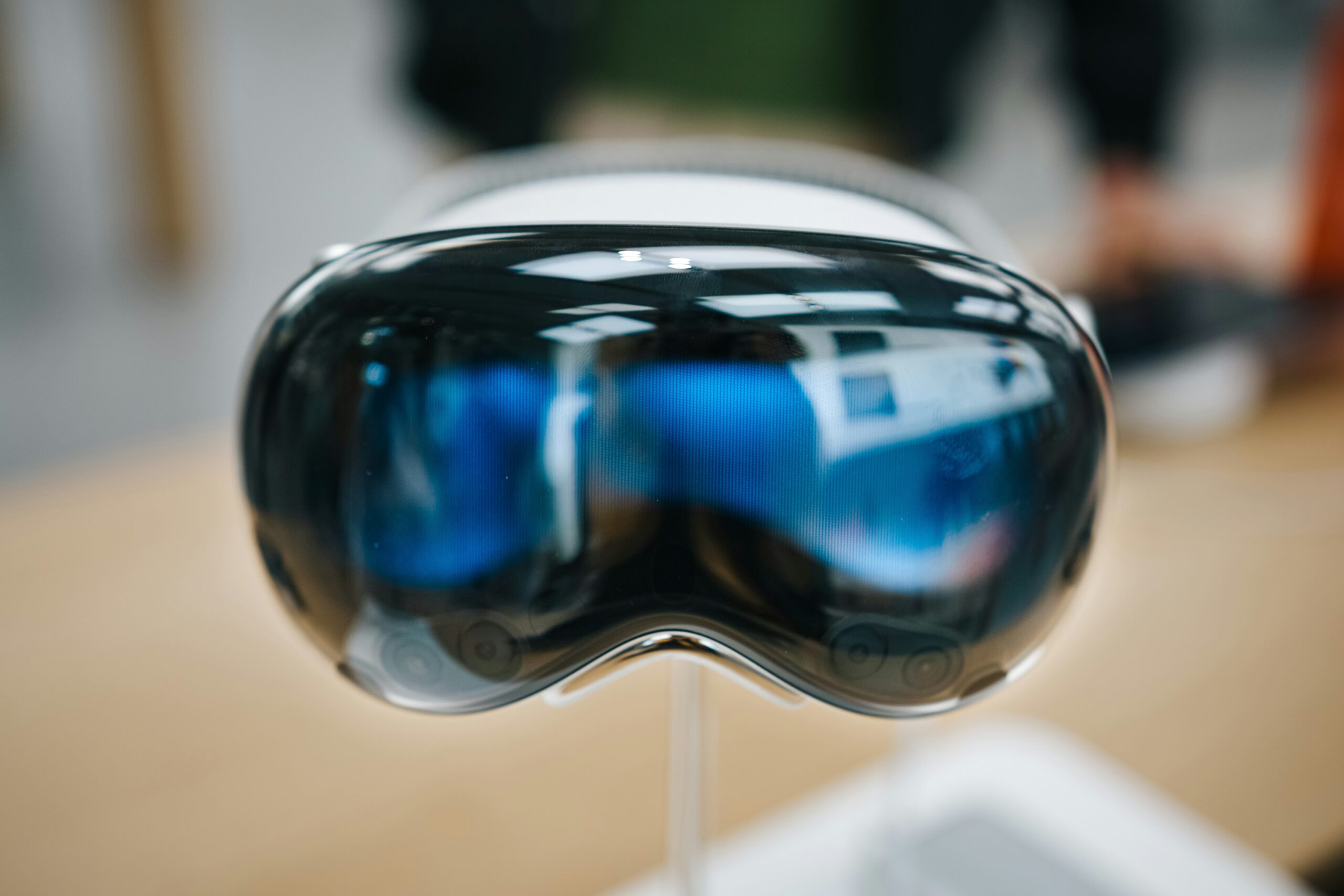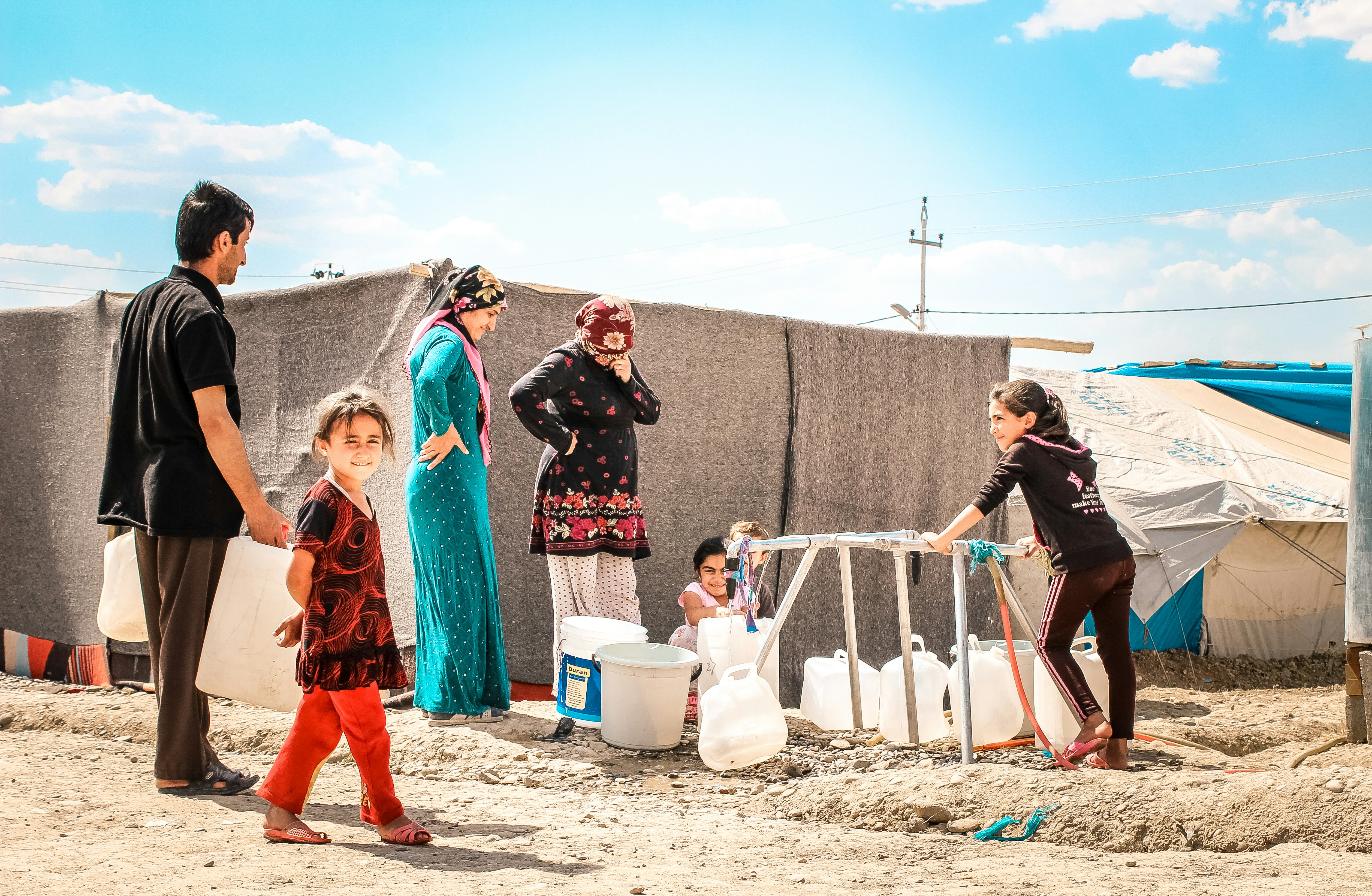Iowa Radiology – What is Radiology

Iowa Radiology – What is Radiology
Revolutionizing Healthcare: Advancements in Radiology Transforming Diagnosis and Treatment
By SFAISAL DURRANI
Dated: October 2, 2023
In the ever-evolving landscape of healthcare, one field that continues to make significant strides is radiology. Radiology, the branch of medical science dedicated to diagnosing and treating diseases through medical imaging, has witnessed groundbreaking developments in recent years. These advancements are reshaping the way healthcare professionals detect, diagnose, and treat a wide range of medical conditions.
Artificial Intelligence (AI) in Radiology: Perhaps one of the most profound changes in radiology has been the integration of artificial intelligence (AI) into imaging processes. AI algorithms have the ability to analyze vast amounts of medical imaging data with incredible speed and accuracy. This technology has improved diagnostic accuracy, enabling radiologists to identify abnormalities and diseases at earlier stages. AI-driven tools, such as computer-aided detection, are now being used in the interpretation of mammograms, X-rays, and MRI scans, reducing the chances of misdiagnosis and improving patient outcomes.
3D and 4D Imaging: Traditional two-dimensional images have limitations when it comes to visualizing complex anatomical structures or tracking dynamic changes within the body. The introduction of 3D and 4D imaging techniques has transformed radiology. These technologies provide physicians with a more comprehensive view of organs, tissues, and blood flow, aiding in precise diagnoses and surgical planning. 4D imaging, in particular, allows for real-time visualization of moving structures, such as the heart, making it invaluable in cardiology and obstetrics.
Advances in Interventional Radiology: Interventional radiology has also seen remarkable advancements. Minimally invasive procedures, guided by real-time imaging, are now being used to treat various conditions. From embolizing tumors to opening blocked blood vessels, these techniques minimize patient discomfort, reduce recovery times, and offer alternatives to more invasive surgeries.
Personalized Medicine: Radiology is playing a pivotal role in the era of personalized medicine. Tailoring treatment plans to individual patients is becoming increasingly common, thanks to radiomics and radiogenomics. These fields involve the extraction of detailed information from medical images and the integration of genetic data, helping doctors determine the most effective treatment options based on a patient’s unique profile.
Hybrid Imaging: Combining multiple imaging modalities is another noteworthy development in radiology. Techniques like positron emission tomography/computed tomography (PET/CT) and single-photon emission computed tomography/computed tomography (SPECT/CT) merge functional and anatomical information to provide a more comprehensive understanding of diseases. This fusion of data improves diagnostic accuracy, especially in oncology, by helping physicians precisely locate and stage tumors.
Radiation Dose Reduction: Concerns about radiation exposure have prompted innovations in dose reduction techniques. Modern radiology equipment is designed to deliver the lowest possible dose while maintaining image quality. This development ensures the safety of both patients and healthcare providers.
Global Impact: The progress in radiology isn’t limited to one region; it has a global impact. Telemedicine has made it possible for radiologists to collaborate across borders, allowing patients to access expertise from around the world. This has been particularly crucial in regions with limited access to healthcare resources.
Radiology is experiencing a transformative period driven by technological advancements. These innovations are enhancing diagnostic accuracy, improving patient outcomes, and shaping the future of healthcare. As radiology continues to evolve, patients can expect more precise diagnoses, less invasive treatments, and ultimately, better health outcomes. It is clear that the field of radiology is at the forefront of medical progress, holding the promise of healthier lives for countless individuals.






